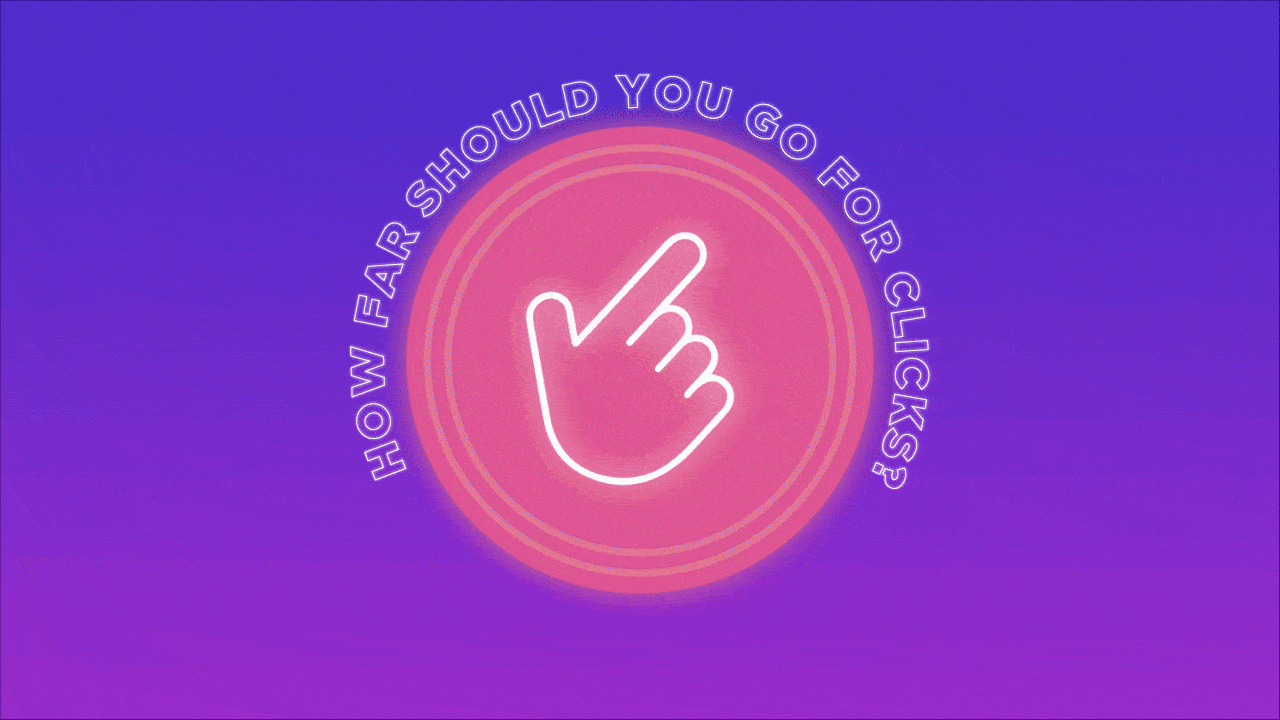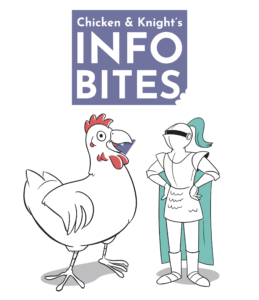
The number one goal of most organizations we work with is to make an effective video – one that tells their story in a compelling and straight-forward way. But the (not so) secret number two goal is to make a video that goes viral. (That expression really means something different in 2020, doesn’t it?)
After making videos for ten years (we can’t believe it either), we’ve learned that the ones most likely to go viral are the ones that are emotional, issue-oriented (not focused on a company or a product, sorry), and funny. And some of the most engaged-with videos are some of the most polarizing.
The science backs up our anecdotal evidence. Clickbait activates our dopamine and our survival instincts – basically a sensational headline hot wires our brains in a way that has proven really successful for everyone from online weight loss pill ads to news headlines.
Which means you have to ask yourself this question if you want your video to go viral: how far will you go for clicks and likes? How much are you willing to sensationalize or over-simplify your topic, product, or service in order to capture someone’s attention?
A little bit of simplification is necessary to tell a clear story – we’re experts in making complex topics easy to understand. But sometimes nuance gets lost when you present your topic in 60 seconds or less… and maybe that’s OK! If your video is an invitation to a bigger conversation – for example a call to learn more or take action – then sparking a strong emotional response can work well. As long as you aren’t lying or intentionally misleading your audience, a little hyperbole can go a long way.
One of our best-performing videos is this one that encourages transgender people to avoid Quebec at all costs:
Is the thesis extreme? Maybe. Do they make their point? Absolutely.
Another popular video is Save the Boundary Waters. Those of us based in Minnesota know what it’s like to have a deep emotional connection to the Boundary Waters Canoe Area (aka the BWCA), so when copper mining threatened to ravage this pristine natural landscape, a lot of people had a lot of big feelings about it. Which has worked in favor of Save the Boundary Waters!
There’s no right or wrong answer to this question, and only you know how loudly – or not – to amplify the emotional core of your story. Whatever you decide, we’re here to help you figure out your goals, hone your messaging, and solidify your approach to telling your story.



